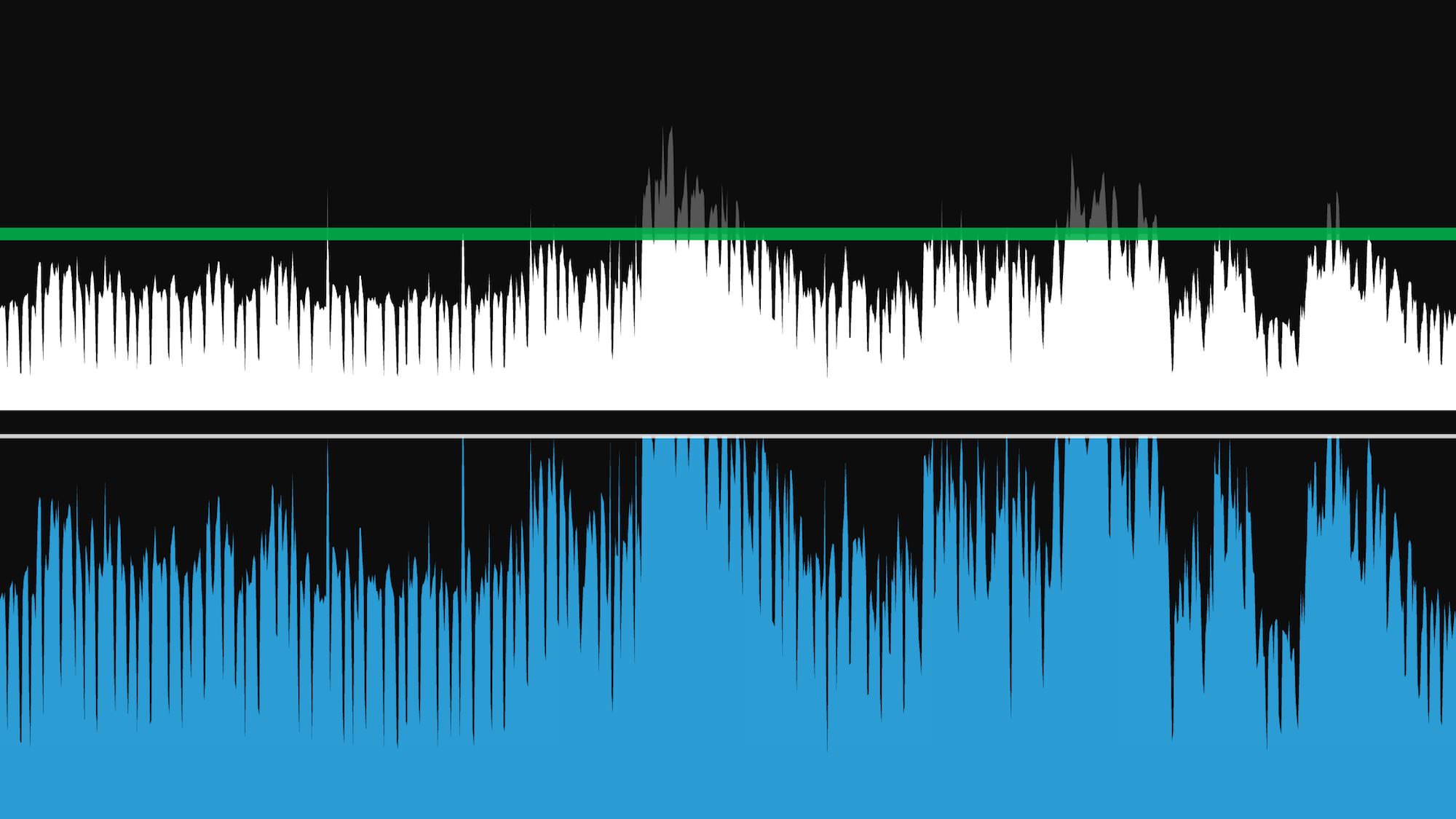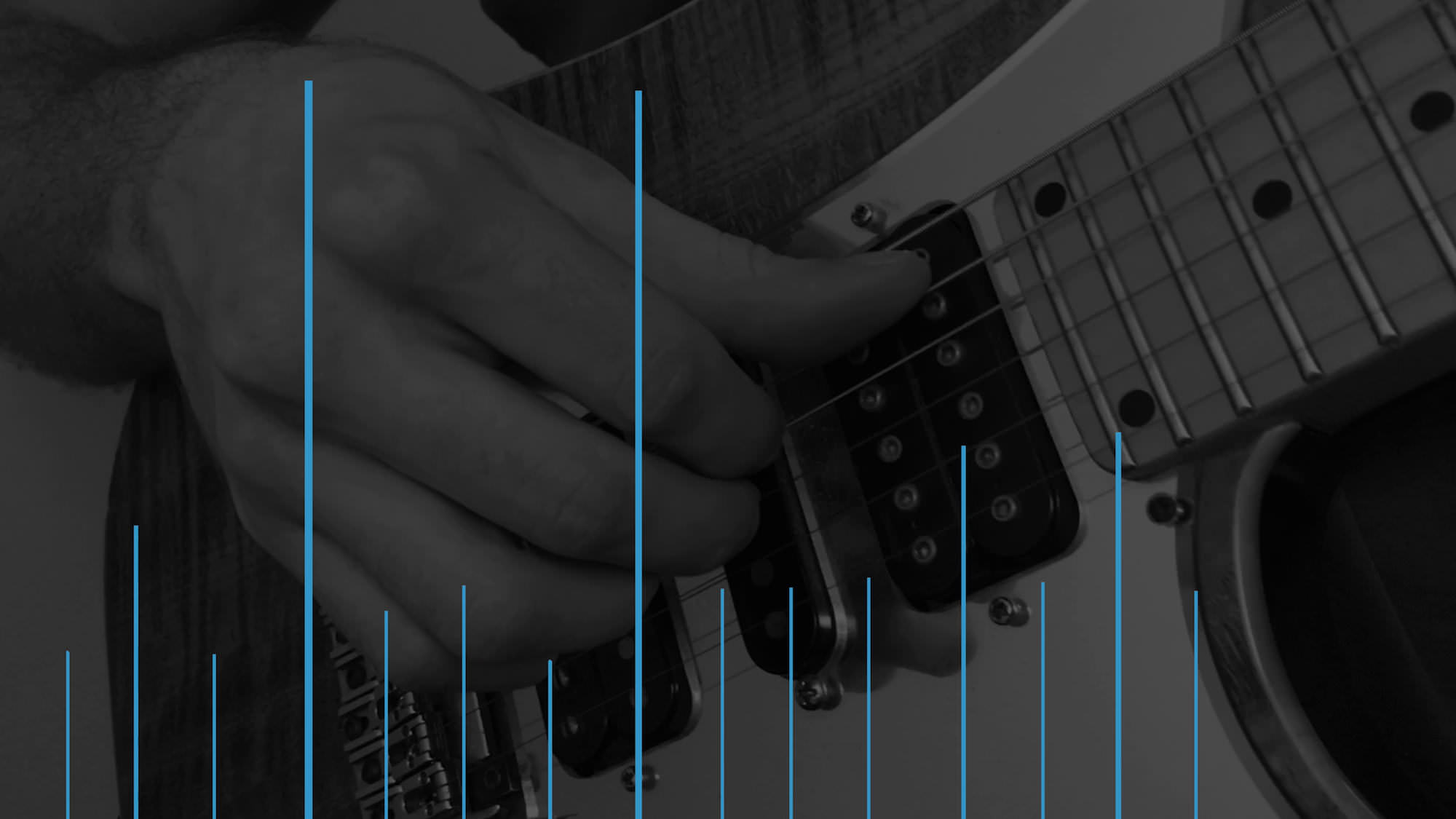Musical User Interfaces
Background
This is an ongoing set of projects focused on better interfaces for music software. The goal is to re-think many of the ways in which audio software is designed. These are a set of prototypes for how we might interact with music software more fluently, to better realise our ideas, and encourage creativity. The primary concern is not about the quality of DSP, or the way things sound, but how we use and interact with our tools.
Principles
The project is driven by these two design principles:
- If I weren't interacting with a computer, how would I express this musical idea?
- As I am interacting with a computer, what can it do for me that traditional equipment can't?
An example of the first would be: if I wanted to quickly communicate a phrase of music to another musician I would probably just sing it to them or play it on my own instrument. For the second I want to entirely forget about how audio equipment used to work, my compressors feedback VU meter shouldn’t just tell me the amount of reduction now, but for the entire track.
Roles of an interface
The project has also lead me to the idea that these types of interfaces serve one of three functions at any time:
- To realise an existing idea - e.g. I want it to sound very clean.
- To make adjustments to an idea - e.g. I want it to sound a little less clean.
- To explore new ideas - e.g. I don't know how I want it to sound, but I'm going to find out!
With this in mind, I believe it can be important to offer different methods of interaction for the same tool, depending on which of these three purposes the musician needs.
Projects
Opening the tiny window
Re-thinking how we should interact with audio fx plugins.
Envelopes by example
Freeing envelopes from the tyranny of ADSR.
Delay without the delay
Programming delay effects by performing them.
Get in touch
Are you a musician / pro audio company / producer / software developer / DJ / interaction designer / other? If this work interests you, or gives you strong feelings (for or against…) get in touch: arthur@arthurcarabott.com
Acknowledgements
The project began in earnest at my internship with HARC in the summer of 2016, I’m especially grateful to Alex Warth for encouraging this work, and to everyone else in the team for their input and feedback. Thanks also to Marek Bereza for feedback during the development, Felix Faire for encouragement and to Jack Armitage for proof reading, encouragement and general advice.


